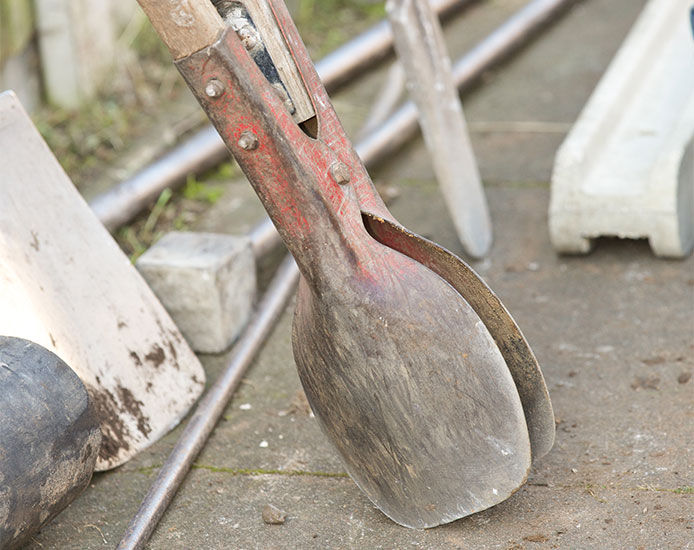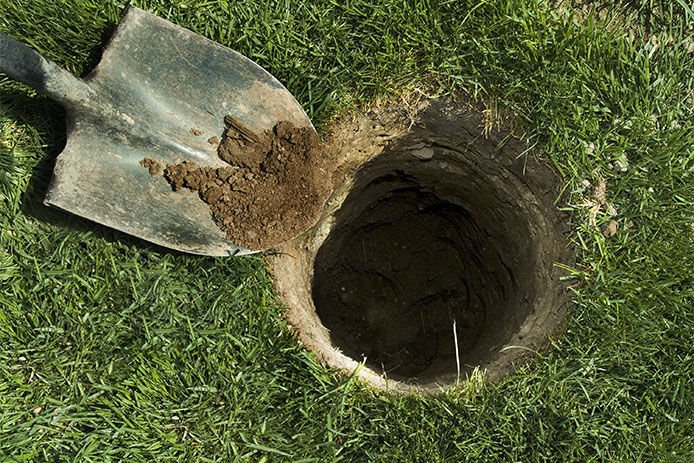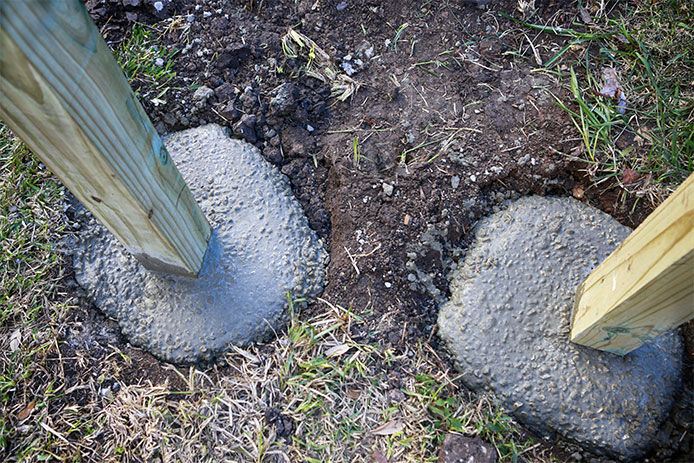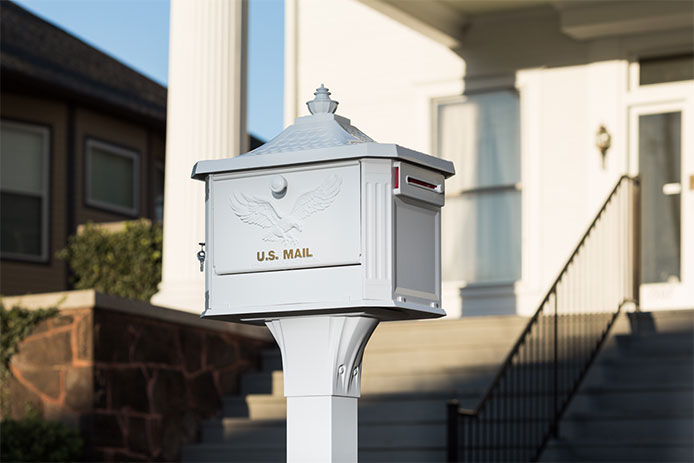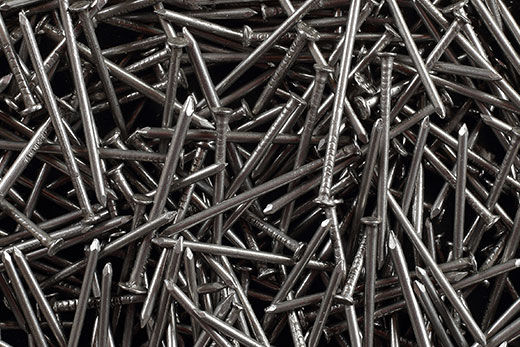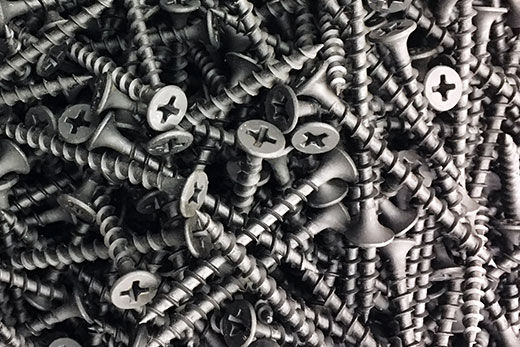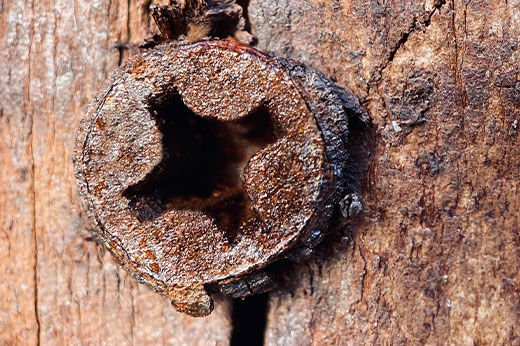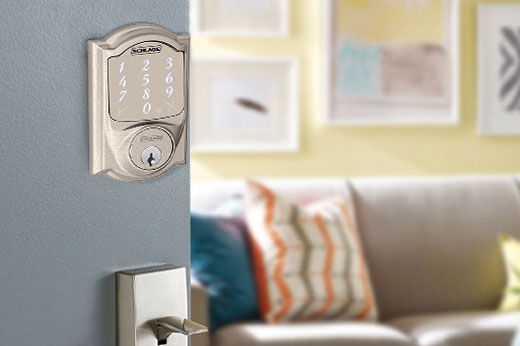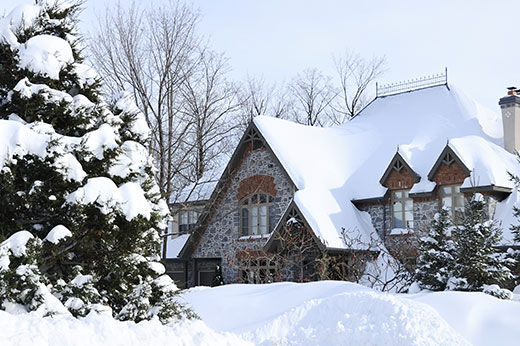If you’re wondering how to select a post for your mailbox, it’s best to look for a special mailbox post kit or use aluminum, plastic, or treated wood. A treated wood post can withstand the weather and last many years. Use paint or sealant to get your desired look, should you choose wood. Most plastic and metal mailbox post options are available in black, white, and similar house-appropriate tones.
Curbside mailboxes also need to follow Federal Highway Administration recommendations. A mailbox pole should be stable enough to stand properly and stay sturdy in all types of weather. It should also be forgiving enough to bend or fall over if it gets hit by a moving vehicle. Wood, plastic, and aluminum are the best materials to use for posting up your mailbox. Materials such as metal or concrete are unyielding, and while they are stable, they are dangerous if hit.
How to Install a Mailbox: A DIY Guide
As with all DIY projects, it's best to gather your supplies before you begin. Make sure that the area where you plan to work is clear of debris and other items so it's easy to access the space.
Step 1: Clear the Area and Pinpoint the Desired Spot for Your Mailbox
The first step for installing a mailbox is to clear the area around the mailbox spot. If you're replacing an existing mailbox post, dig it out carefully. If you're putting in a new mailbox post, you'll start digging from scratch. Consider your mailbox placement. It should be within proximity to your front door and along the side of the road or driveway. Proper installation will give your mail deliverer easy access while still making it convenient to gather your mail daily.
In addition to checking the USPS guidelines, you should also check your city ordinances (as well as your CC & Rs if you are part of an HOA). Be sure that the location you've selected for your mailbox is accessible and in line with local laws and regulations regarding mail service, as some areas have specific requirements. You should also ensure that you are digging in a safe area. If unsure, call your local 811 digger’s hotline (free in most cases) to help pinpoint spots that avoid underground utility lines and other hazards.

